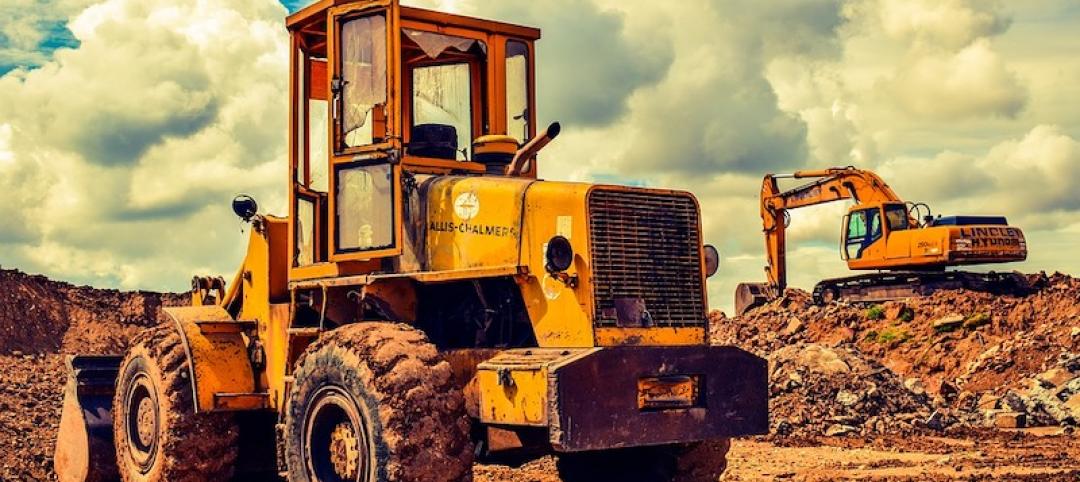A new standard for Phase I environmental reports is in the works and will require more work for environmental consultants.
The new standard, ASTM E1527-21, which will replace the existing ASTM E1527-13, affects about 250,000 commercial real estate transactions a year. It will, among other things, mandate more in-depth historical reviews at many locations, including a requirement to examine the history of adjoining properties.
One of the drivers for these changes is to determine potential health risks represented by dry cleaning businesses. Contamination from these businesses is the leading source of environmental liability in commercial real estate transactions.
The new standard also adds PFAS (per- and polyfluoroalkyl substances) and other emerging contaminants to the list of “non-scope issues” that a user may want to evaluate as a business risk. This is how asbestos and mold is handled according to the current standard.
The standard for Phase I environmental reports is updated every eight years. It was last revised in 2013.
Related Stories
Codes and Standards | May 31, 2019
RELi 2.0 standard for sustainability, resilience being piloted
Will be open to LEED-registered or -certified projects, with introductory pricing and support.
Codes and Standards | May 31, 2019
Pankow Foundation releases report, tools for embodied carbon impacts
Focus is on MEP and tenant improvements.
Codes and Standards | May 24, 2019
USGBC receives funding for LEED for Cities and Communities Program
Bank of America provides $500,000 grant to certify 15 U.S. cities.
Codes and Standards | May 24, 2019
AIA updates Interiors Contract Documents
Six revised documents available for interior construction projects.
Codes and Standards | May 23, 2019
Northern California casino offers a template for resilient microgrids
Solar power with batteries and backup generators provide weeks of self-reliance.
Codes and Standards | May 23, 2019
Austin creates innovative plan to boost affordable housing
Approach includes loosened zoning, incentives for higher density in lower-cost and mixed-income developments.
Codes and Standards | May 20, 2019
Effort launched to develop better process for zero-carbon retrofits in multifamily sector
Rocky Mountain Institute, Dept. of Energy, California Energy Commission join forces.
Codes and Standards | May 20, 2019
Property lenders shouldn’t invest for 30 years in most of Florida, expert warns
Climate ignorance driving some ‘insane’ deals.
Codes and Standards | May 17, 2019
NIMBYism is the biggest multifamily construction barrier
National Apartment Assn. report assesses reasons for difficulty in creating more apartments.
Codes and Standards | May 17, 2019
Dept. of Energy to award up to $33.5 million for advanced construction R&D
Focus is on techniques to reduce energy bills.

















